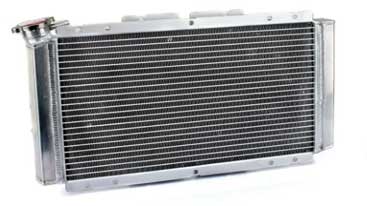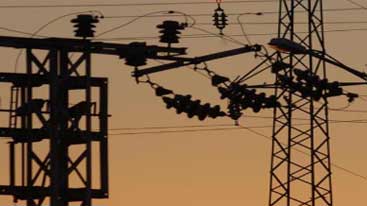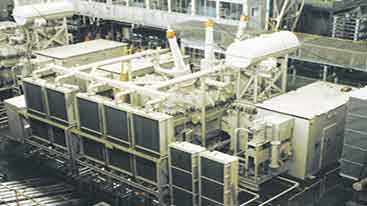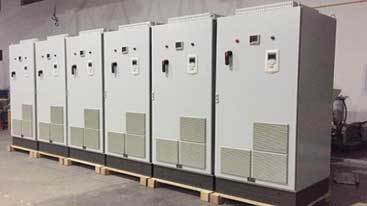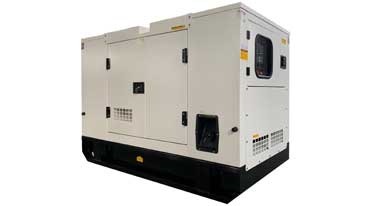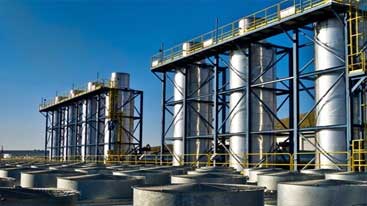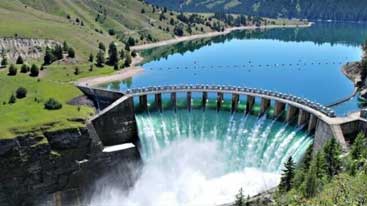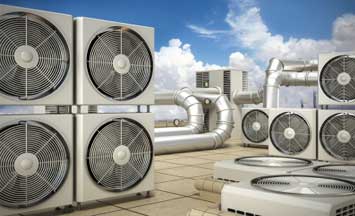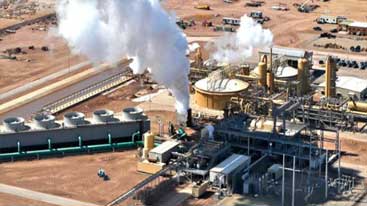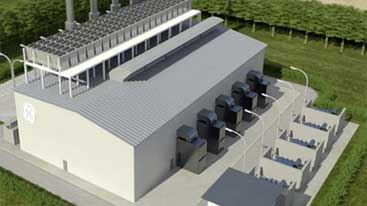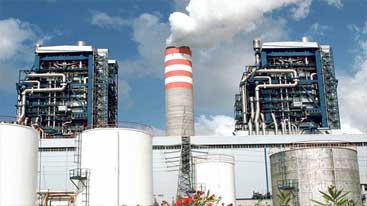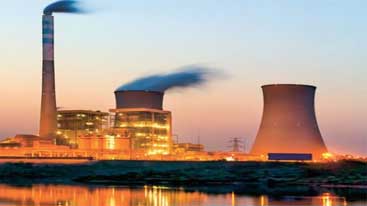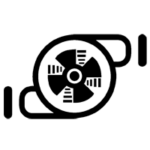Power Conversion
We serve the energy sector with our plate heat exchangers, industrial pumps and stainless flow equipment in your Power Conversion applications.
Power conversion applications
Power conversion applications encompass a variety of technologies and processes that involve converting electrical energy from one form to another or from one voltage level to another. These applications are carried out for various purposes for storing, transmitting, distributing and using electrical energy. In such applications, heat exchangers and pumps are often used for heat transfer and cooling.
Purposes and types of use of heat exchangers and pumps in power conversion applications:
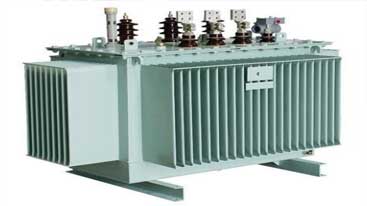 Radiator Cooling:
Radiator Cooling:
- Radiators are often used in large power devices or systems and are used to dissipate and cool heat.
- Heat exchangers are used to circulate the coolant of radiators and remove heat. These exchangers are often found in liquid cooling systems and help cool motors, transformers, or other power devices.
- Transformer Cooling:
- Transformers are used to convert electrical energy from one voltage level to another, producing heat in the process.
- Exchangers are used to remove heat from transformers. Transformer oil is often used as a refrigerant and heat exchangers circulate this oil.
- Frequency Converter Cooling:
- Frequency converters are used to convert electrical energy from alternating current (AC) form to direct current (DC) form and vice versa. These devices can produce high power and temperature.
- Heat exchangers are used to control and cool the heat in frequency converters.
- Rectifier Cooling:
- Rectifiers are used to convert alternating current to direct current and produce heat in the process.
- Exchangers are used to remove heat from rectifiers.
- Generator Cooling:
- Generators are used to convert mechanical energy into electrical energy and produce heat in the process.
- Heat exchangers are used to control and cool the heat in generators.
Pumps are often used to circulate coolants (e.g., water or oil) in such systems. Coolant is removed from hot spots via heat exchangers and circulated back into the system while cooling. In this way, exchangers and pumps play a critical role for temperature control and system efficiency in power conversion applications.
